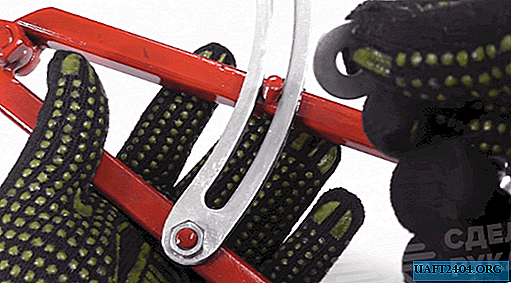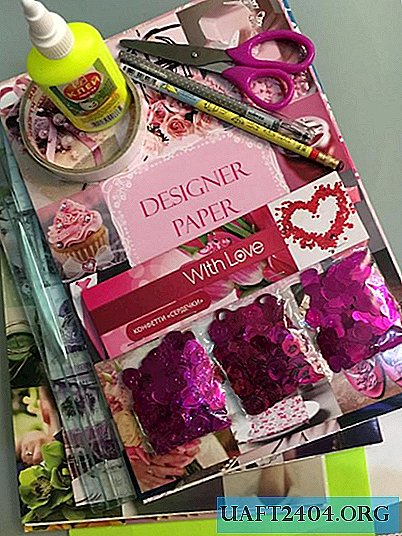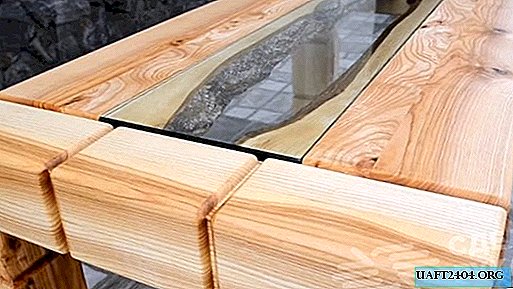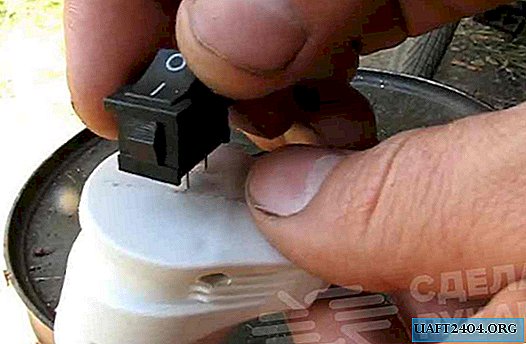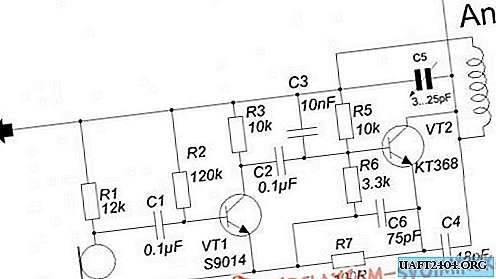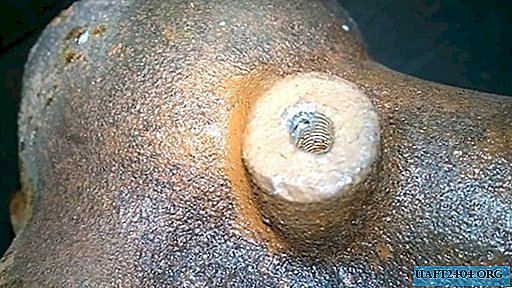Share
Pin
Tweet
Send
Share
Send
1. Satin or silk in black, size 10 * 45 cm;
2. Lilac lace with one curly edge, size 8 * 21 cm;
3. Satin slanting inlay of black color, 55 cm;
4. Black elastic band for linen, with one openwork edge, 30 cm;
5. Cotton fabric, 18 * 15 cm;
6. Lavender, dried flowers, 5-7 g;
7. Cardboard for a pattern measuring 10 * 21 cm;
8. Stationery scissors;
9. Scissors for cutting fabric;
10. Pencil;
11. Threads in fabric color;
12. Needle for manual work;
13. Chalk for cutting on fabric;
14. Tailor pins;
15. Iron;
16. Household sewing machine.
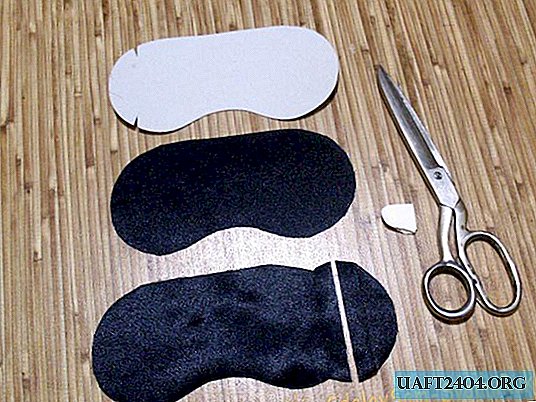
First you need to prepare a pattern for the future mask. It is best made from thick cardboard. In the finished form, the medium-sized mask has a width of 20 cm and a height of 9.5 cm.
According to the pattern, you should outline and cut out the mask details from the atlas. It is not necessary to add seams for processing along external sections, since the external section of the product will be processed with an oblique inlay. Before cutting, the atlas should be ironed with steam. The outer part of the mask should be solid. On the reverse side, additional allowances can be laid on the mask details and the cut processed at a distance of 6 cm from the side cut. Thanks to this design, the sachet can always be pulled out of the mask if desired, and the product itself is easy to wash and dry.

Then you need to cut the finishing part of the mask from lilac lace. Details of satin and lace must be fastened together with pins, and then swept around the perimeter at a distance of 2 mm from the outer sections. Then the pins must be removed.

On the back of the mask, you should process the incision under the sachet, - seam its ends with a seam in a hem with a closed cut.

Next, you need to fasten both parts of the mask together, laying them inside out on top of each other and equalizing all the slices.

All layers of the future mask must be joined together along the perimeter with a small basting line, after which the pins can be removed.

On the back of the product should attach an elastic band. After this, it is necessary to sew the edging on the outer cut of the mask.

Then the edging must be wrapped on the outside of the product and fixed with an auxiliary gutter stitch.

Next, you need to lay the finishing line along the edge of the oblique inlay, after which the threads of the tag can be removed.
In the finished form, the mask must be neatly ironed from the face and from the inside.

After that, sachets should be sewn from cotton fabric.

Filled with dried flowers and stitched, the sachet must be carefully put into the mask.

If desired, the finished mask can be decorated with rhinestones and sequins.
Share
Pin
Tweet
Send
Share
Send


